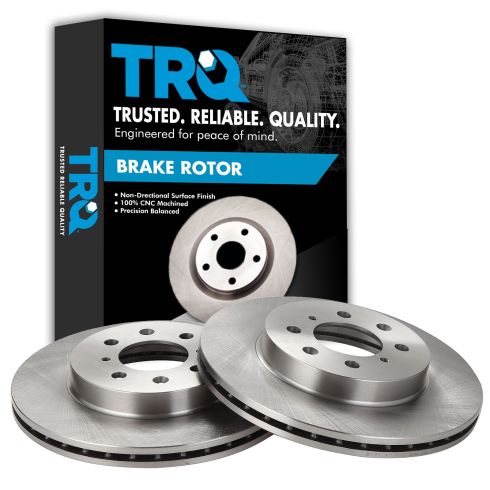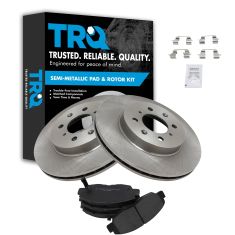1ABFS03653-Honda Acura Front Driver & Passenger Side 2 Piece Brake Rotor Set TRQ BRA75582

Replaces
2012 Honda Insight Front Driver & Passenger Side 2 Piece Brake Rotor Set TRQ BRA75582

Product Reviews
Loading reviews
5.00/ 5.0
4
4 reviews
my order
February 27, 2020
arrived as stated nice quality n good price
Perfect Fit
June 21, 2020
The only hiccup was getting the old rotors off - drill out the holding screws and many wallops of a sledge. The new rotors fit perfectly and we have brakes again.
Nice
March 29, 2024
Exactly what I ordered
Brake job
April 6, 2024
The rotors fit w/o and problems like they always do. The brake pads always need to be filed. It seems like no matter where I buy them they all need to be reworked. For me it's no big deal.
Customer Q&A
No questions have been asked about this item.
Honda is a registered trademark of Honda Motor Co., Ltd. 1A Auto is not affiliated with or sponsored by Honda or Honda Motor Co., Ltd.
See all trademarks.











